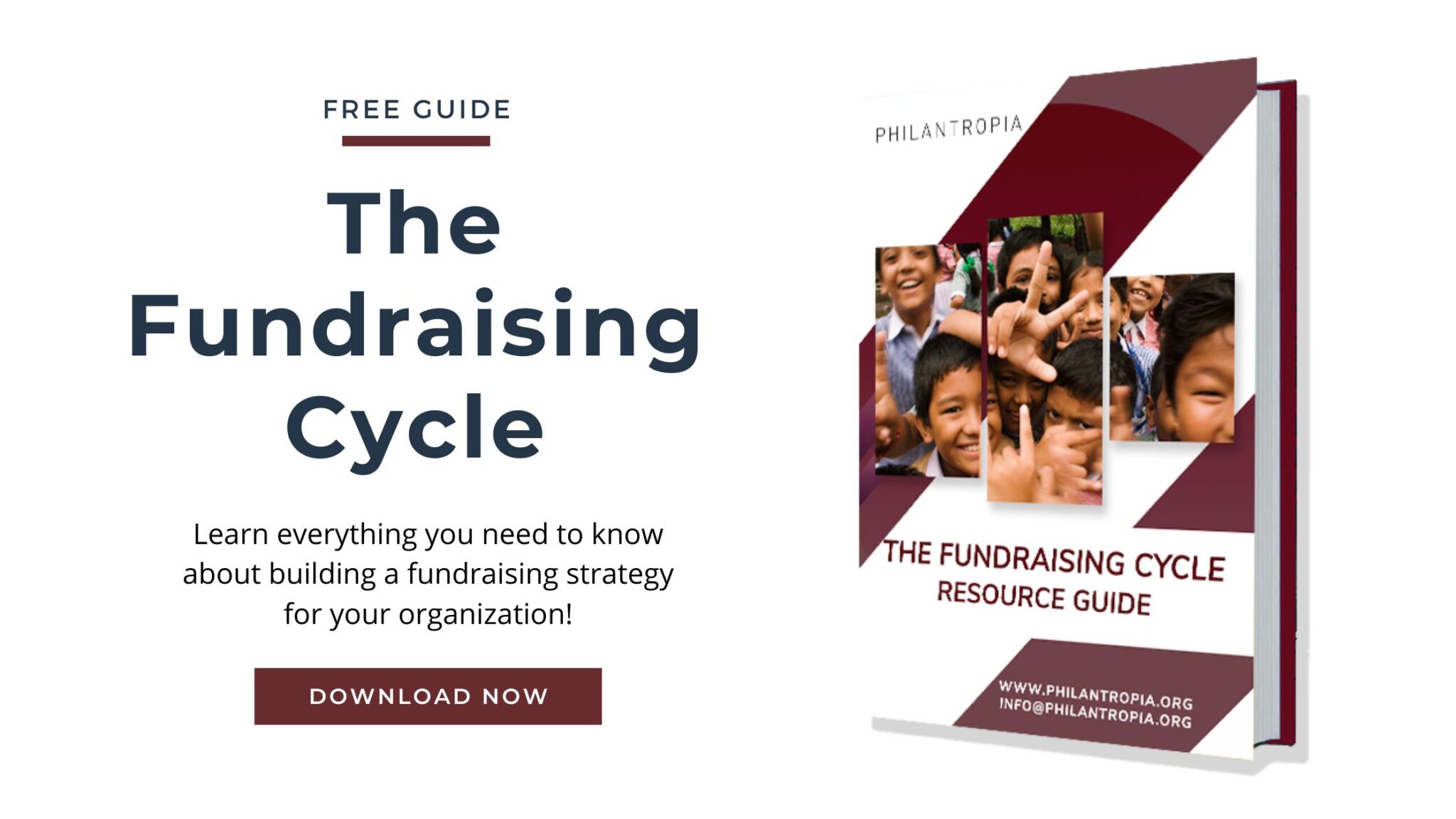Before we describe how to identify individual donors and create a winning appeal, let us list out the three main sources of funding for an NGO:
- Grants from Foundations
- Sponsorship from Corporations
- Donations from Individuals
NGOs are not healthy if they rely on only one type of funding source. Grassroots NGOs should always look for different ways to make their organizations sustainable. While grants are an excellent source of funding for NGOs, it makes sense to also fundraise for individuals. After all, there are billions of more people in the world than there are grant foundations. Individual donors typically account for more than three-quarters of charitable giving each year, and many can become a consistent means of support for organisations.
Untapped market is huge. Remember, there are a small group of donors “who know you” and a large group of donors “who do not know you”. So, how do you identify and introduce yourself to a new donor?
Be strategic when finding new donors
Allison Gauss, a regular contributor to Classy Blog, has stated that:
If you were looking for the romantic relationship, where would you begin? One option would be to walk out your front door and yell to the world ‘I AM LOOKING FOR LOVE!’ But if you’re not quite that adventurous, you would probably turn to your friends. In fact, 32% of couples are introduced by friends. And you can use the same strategy to meet new donors.”
Making friends is a great strategy for approaching new donors. The basic few facts state that 70% of Americans contribute to nonprofit organizations. This rate is similar in other parts of the world as well. So, if you only have 10 friends, the odds are that 7 of them have made donations in the past. Start asking your volunteers, board members, family, friends, and staff, and anyone else you know for access to their networks. Keep expanding your network and finding the people most passionate about your work. Those are the people you should ask donations from.
Don’t Run After the Rich People
Don’t fall to the illusion that all rich people can give to you. Many people seem to think that the best donors are rich ones. They have a lot of money, so it should be easy for them to give some to you, right? But this thinking is backward. In actual fact, the best donors are the ones thoroughly invested in your cause. Regardless of the size of their wallets, people will only support your work if it is work they care deeply about.
But don’t overestimate or underestimate the value of your NGO because of this. All people have different natures with different perspectives, so some people will be easy to convert to donors while others never will. Normally donors donate for a purpose. If you can understand their purpose to give, you can understand the best way to approach them. Unless you work to appeal to your supporters, nothing is going to fall into your lap. Keep going!
Find out the Best Mode of Communication
Modes of communication are increasing with advancements in technology. However, preferences are different for everyone. Traditionally, direct person-to-person appeals are the most successful. However, online tools are becoming an increasingly common and effective tool for raising money. A 2013 Pew Research Center study states that 70% of adults use the internet on a daily basis. Use of internet in reaching out to individuals is getting easier. Over 50% responded and give to charity. 35% of donors say that they prefer to donate the money online received by email.
So all donors have different communication preferences. So how do you know which communication tools work best? Try them all! Using multiple channels of communication can appeal to a wider audience. Different kinds of communication tools like newsletters, annual reports, letters in magazines, social media posts, phone calls, in-person visits, etc. could all be used to find the best way to reach new donors. Communications with donors must be a two-way street. Always try to keep donors in the loop with the update about your events, pictures, and monthly reports.
Donor communication is a process. Your relationship with donors should build and strengthen over time. One e-mail won’t make or break your relationship with a donor.




